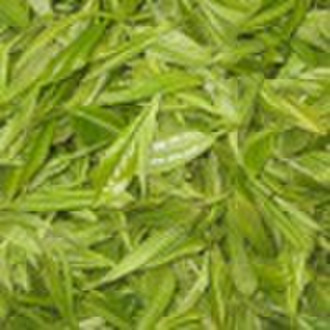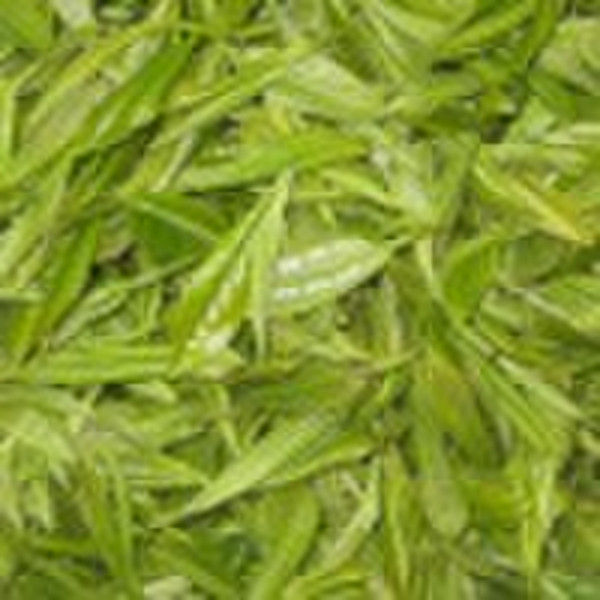Каталог
-
Каталог
- Автомобили и мотоциклы
- Безопасность и защита
- Бизнес
- Бытовая техника
- Бытовая электроника
- Детали машин и услуги по их изготовлению
- Дом и Сад
- Здоровье и медицина
- Игрушки и хобби
- Изделия из металла
- Измерительные и анализирующие приборы и инструменты
- Инструмент
- Красота и личная гигиена
- Мебель
- Мероприятия по охране окружающей среды
- Минералы и металлургия
- Модные аксессуары
- Обувь и аксессуары
- Одежда
- Освещение
- Подарки, сувениры
- Продовольственные товары и напитки
- Промышленное оборудование и техника
- Резина и пластмассы
- Сельское хозяйство
- Специальное оборудование
- Спорт, отдых и досуг
- Сток
- Строительство и недвижимость
- Текстиль и кожа
- Телекоммуникации
- Товары для офиса, учебы. Канцтовары
- Транспорт
- Упаковка и печать
- Химикаты
- Часы, Украшения, Очки
- Чемоданы, сумки
- Электронные компоненты, оборудование, принадлежности
- Электротехническое оборудование и принадлежности
- Энергия
Filters
Search
Экстракт зеленого чая
Китай
86-22-27371227
13820230731
13820230731

Hongzhang Wang
Контактное лицо
Основные данные
| Упаковка | Plastic Container |
|---|---|
| Место происхождения | Tianjin China (Mainland) |
| Стандарт | A |
| Вид | Экстракт чая |
| Форма | Порошок |
| Части | Листья |
| Тип экстракции | Жидко-твердая экстракция |
Botanical name:camellia sinensis Specification: 98% polyphenols / 80% catechins / <1% caffeine ; 99% polyphenols / 85% catechins / <0.5% caffeine ; 85% catechins / 50% EGCG/ <1% caffeine ; 85% catechins / 60% EGCG/ <0.5% caffeine ; 80% EGCG ; 90% EGCG ; 95% EGCG ; 99% EGCG ; 20% L-theanine ; 30% L-theanine ; 98% L-theanine ; 20% polysaccharides Parts used and uabitat: All teas (green, black and oolong) are derived from the same plant, Camellia sinensis. The difference is in how the plucked leaves are prepared. Green tea, unlike black and oolong tea, is not fermented, so the active constituents remain unaltered in the herb. The leaves of the tea plant are used both as a social and medicinal beverage. The plant does not originate in the wild. It was originally cultivated in China and is grown as a tea lant today in India, China, Sri Lanka, Japan, Indonesia, Kenya, Turkey, Pakistan, Malawi and Argentina. Indications and usage: (1) Atherosclerosis; Cancer risk reduction; Gingivitis (periodontal disease); High cholestero. (2) Crohn is disease; Hemochromatosis (iron overload); High triglycerides; Hives; Immune function; Infection; Weight loss Historical or traditional use: (may or may not be supported by scientific studies): According to Chinese legend, tea was discovered accidentally by an emperor 4,000 years ago. Since then, traditional Chinese medicine has recommended green tea for headaches, body aches and pains, digestion, depression, immune enhancement, detoxification, as an energizer, and to prolong life. Modern research has confirmed many of these health benefits Actions and pharmacology: Green tea contains volatile oils, vitamins, minerals, and caffeine, but the active constituents are polyphenols, particularly the catechin called epigallocatechin gallate (EGCG). The polyphenols are believed to be responsible for most of green tea is roles in promoting good health.Green tea mildly guards against cardiovascular disease in many ways. Green tea lowers total cholesterol levels and improves the cholesterol profile, reduces platelet aggregation, and lowers blood pressure. Several animal and test tube studies have demonstrated an anticancer effect of polyphenols from green tea. The polyphenols in green tea have also been associated with reduced risk of several types of cancer in humans. In a double-blind study, people with leukoplakia (a pre-cancerous oral condition) took 3 grams of mixed oral and topical green tea or placebo for 6 months. Those in the green tea group had significant decreases in the pre-cancerous condition compared to placebo. Green tea polyphenols have been shown to stimulate the production of several immune system cells, and have antibacterial properties even against the bacteria that cause dental plaque.
Условия поставки и упаковка
Порт: Tian Jin
Условия оплаты
Электронный перевод
-
Способы оплаты
Для оплаты товаров и услуг на нашем портале, Вы всегда получаете счет, в котором Вам необходимо самостоятельно указать свои данные.
Мы принимаем к оплате:









